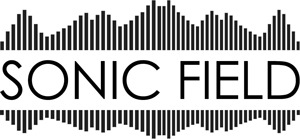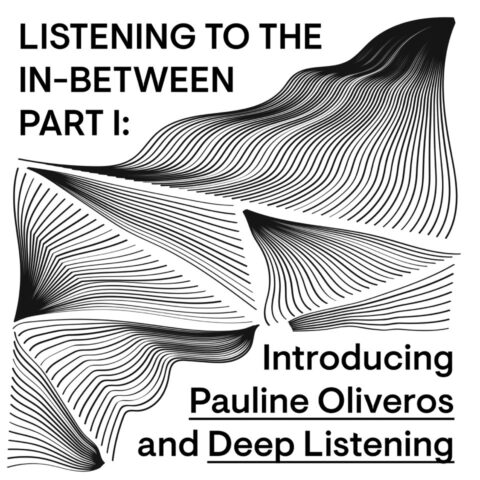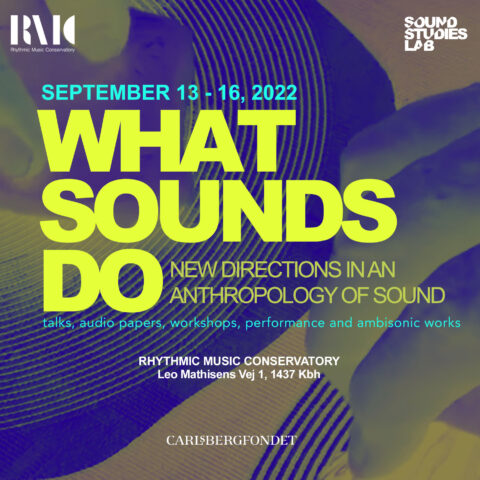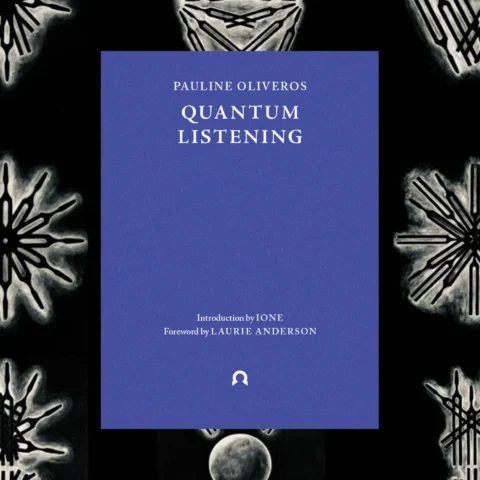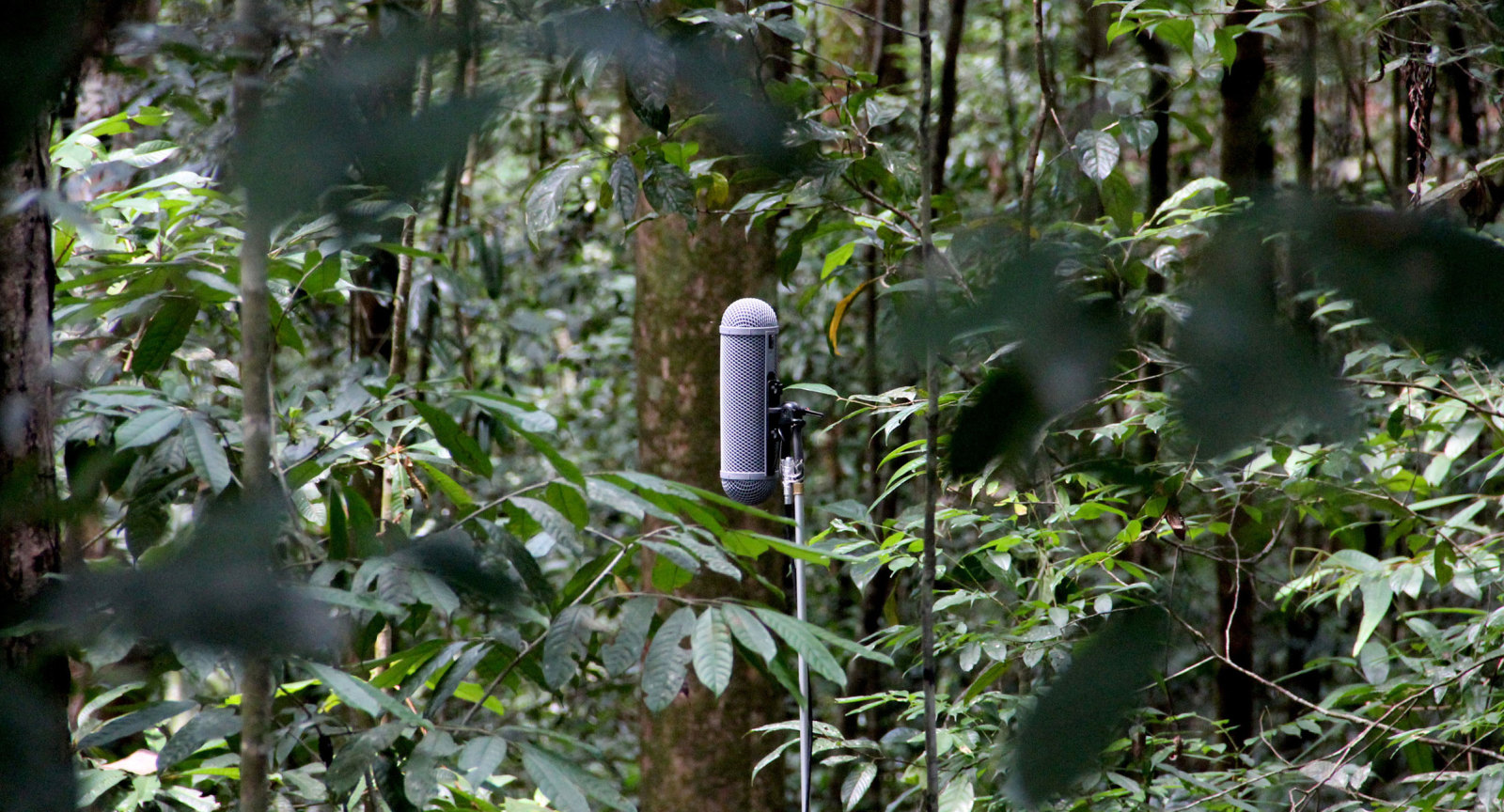
Run by “sound artist, researcher and eco-acoustic composer” David Monacchi, Fragments of extinction is a multi-disciplinary research process based on soundscape exploration, based on Bernie Krause’s acoustic ecology theories, but also involving diverse explorations around field recording, sonic data interpretation, and scientific methodologies around sound, which, as his director notes, focuses not just on single sonic languages and behavior of certain species, but on a proper methodology in which the recording process “called for a broader ecological perspective, involving the collection of as many components as possible of a complex soundscape.”
As Monacchi adds, this holistic perspective around the sonic space gives more information of “the complexity of its organization”, based on a deeper understanding of “the spatial information of a given acoustic environment”.
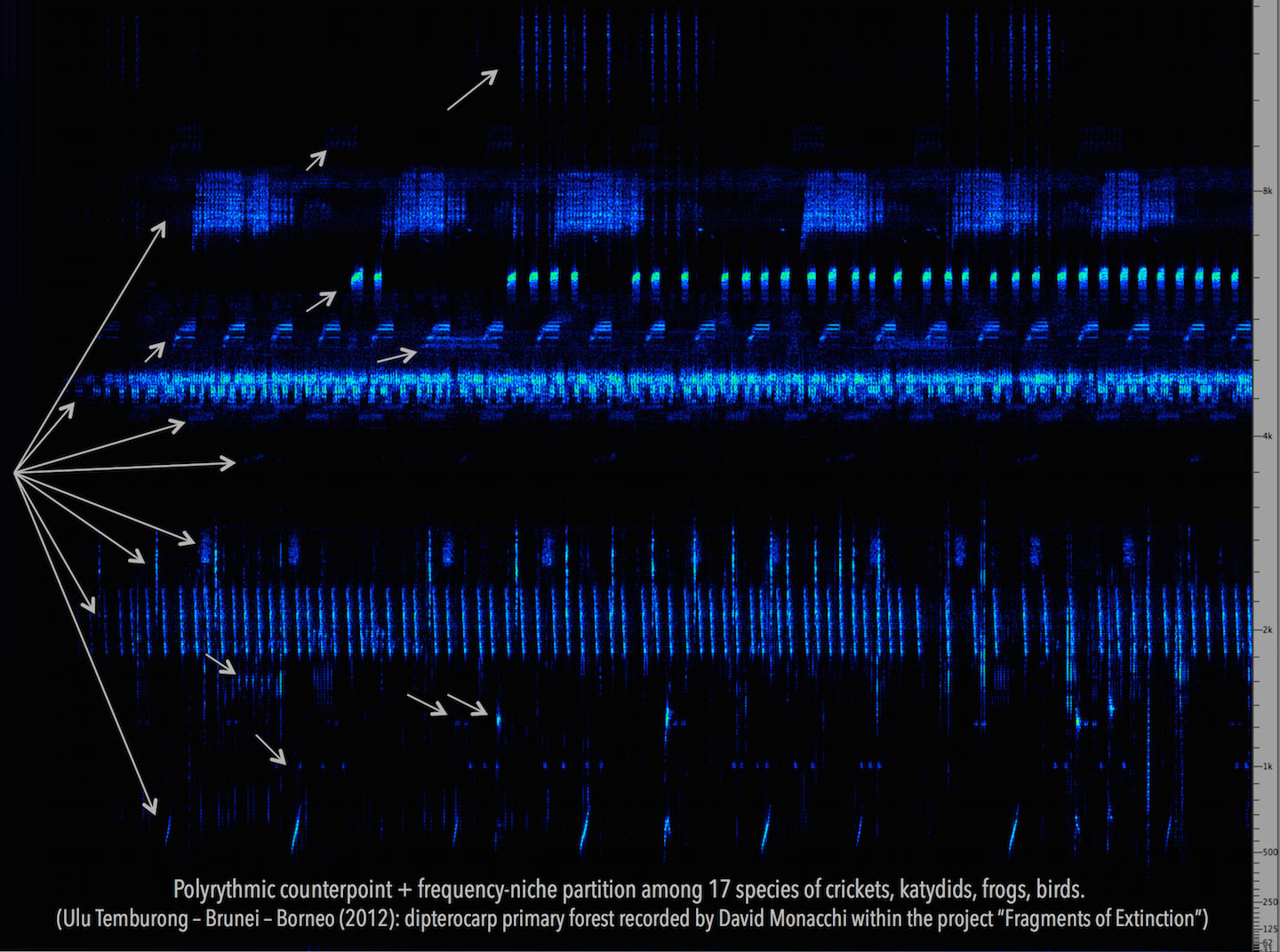
“The human brain detects this three-dimensional information in its entirety through several subparameters that agree with our composite natural perception of direction, depth and dimension of sound sources. In order to record all these spatial attributes in the field, we employed “space-inclusive” and “space-preservative” standards and experimental mic techniques, to fully reproduce these ecosystems over periphonic loudspeakers arrays. The investigation of long temporal sections (over 24 hours of continuous recording) in such remote and dangerous habitats forced us to develop recording strategies suitable to extreme conditions (humidity up to 99%, sudden rainstorms, absence of electric current) and self-sufficient systems for hazardous situations, capable of adjusting the sonic perspective to on-ground, mid-floor and canopy species. Taking into account all these concerns while making the most out of cutting-edge technology was a process of years of research, which resulted in vivid sound portraits of this endangered biological heritage, now available for posterity.”
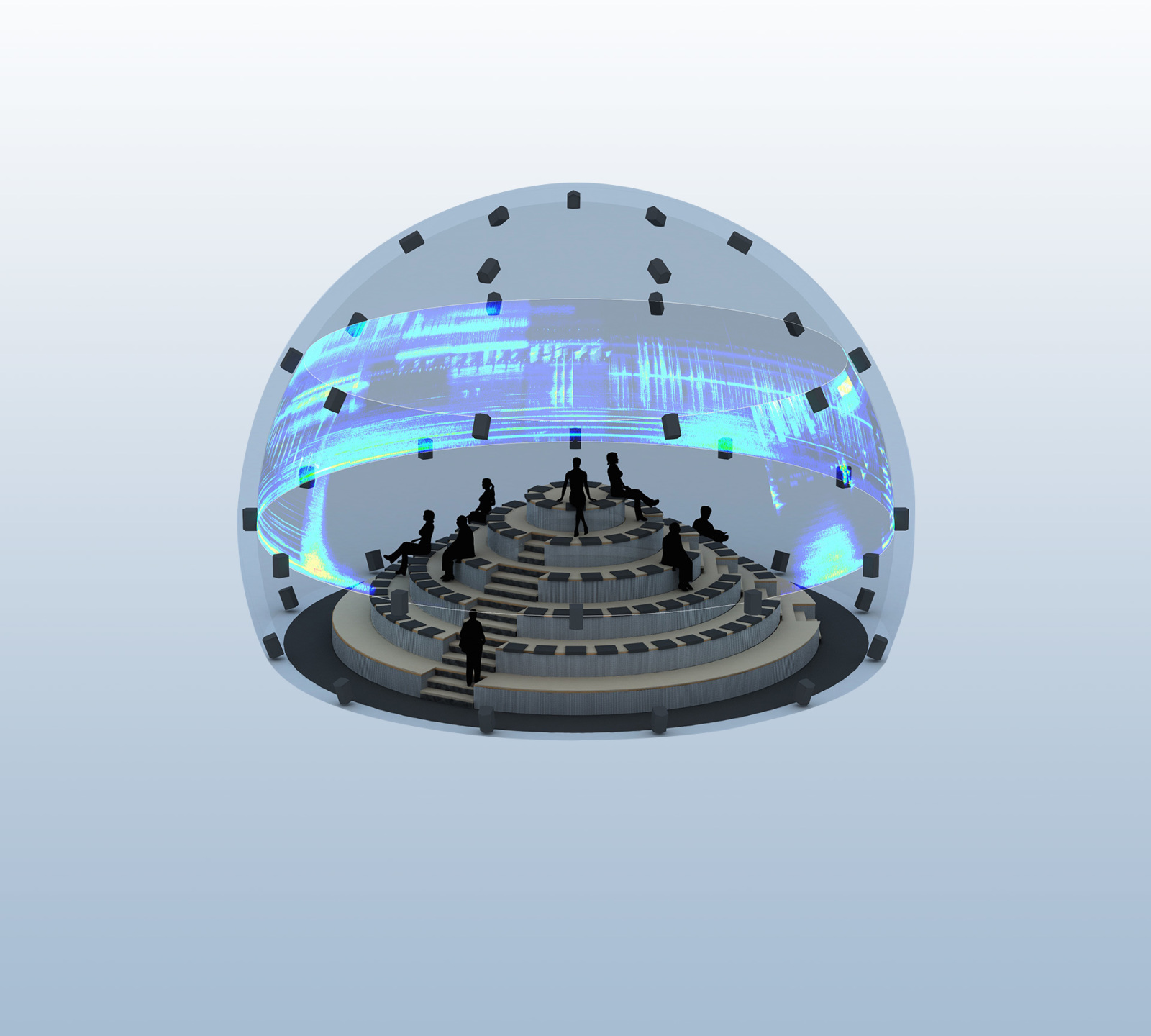
There are several sounds which available for listening at the site, from Amazon, Africa and Borneo, but there’s more: the data analysis section offers some details on the analytical approach towards the sonogram and sonic visualization processes, mainly focused revealing “the aesthetic significance of frequency/temporal/semantic sonic niches and their complex interactions within these untouched, therefore highly coordinated, natural systems.”

And last but not least, the project has its own concept of a technological room in which different natural ecosystems can be optimally listened. Such a place has been called The Eco-acoustic Theatre, conceived as an ideal space for immersive sonic diffusion of nature field recordings. It was patented in 2013 and aims to build “a virtual space, in which to reconnect with real nature – a journey through time into the oldest ecosystems on Earth, the sounds of which live on today.”
